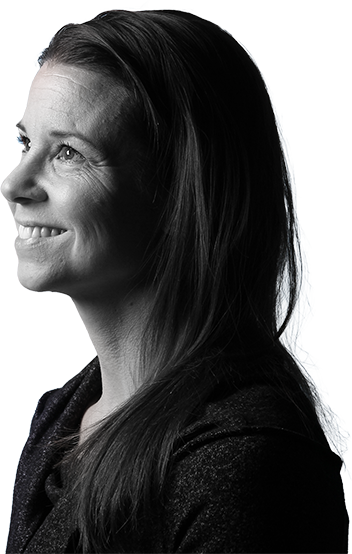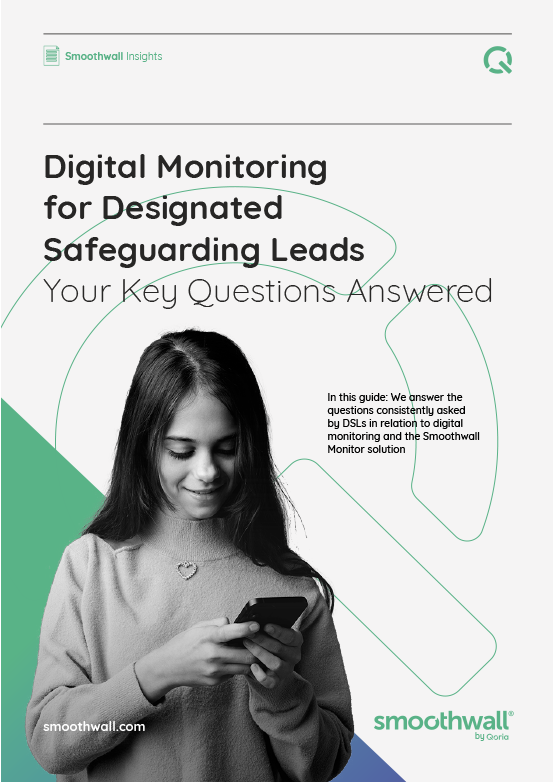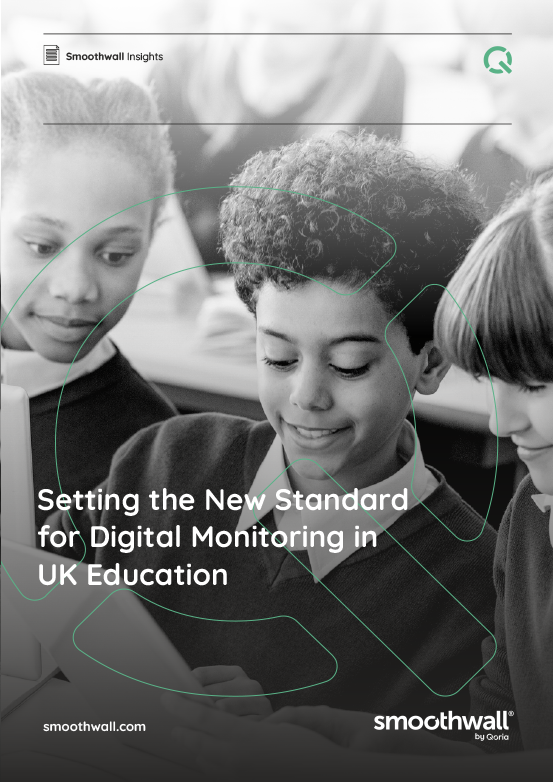Reviewing your digital monitoring setup
Many DSLs are left frustrated by outdated or insufficient monitoring, that cause unacceptable delays when spotting students at risk.
You may not have had the time or the budget to explore what else is out there. But every DSL should know this - effective monitoring doesn’t cause delays.
This page is designed to help you understand the different levels of monitoring available to education settings currently use - from basic to best, to help you review and understand your own provision and where appropriate, take the next step.
A clearer way to think about monitoring.
Basic. Better. Best.
More than 2 out 3 DSLs in UK education currently rely on filter logs or unmoderated monitoring systems to spot students
at serious risk - because on the surface, they appear to be doing enough.
But as the demands of the role grow and digital risks become harder to spot, it’s worth stepping back to ask:
Is my monitoring enabling me to intervene early or causing frustrating delays?
Understanding the three levels of monitoring - Basic, Better and Best - offers a simple, clear way to evaluate your current setup
and whether it’s giving you what you need to safeguard with confidence.
Basic
At this level, schools rely on filtering logs or search histories to identify potential risks. Alerts, if any, are triggered by blocked websites - not by what students type, say, or share in digital spaces.
This approach may tick a compliance box, but it often leaves DSLs with limited visibility and a heavy reliance on IT to interpret logs. Manual checking is time-consuming, lacks context, and leaves serious signs easily missed.
Better
Better-level monitoring introduces unmoderated alert systems — usually AI-driven, that flag a broader range of digital activity. DSLs have access to more data, but without moderation, they’re left to triage high volumes of alerts themselves.
This can give the impression of more oversight, but in practice, it often creates more work and more doubt, especially when false positives stack up or contextual clues are missing.
Best
Best-level monitoring combines intelligent detection with human moderation, giving DSLs timely, accurate alerts that include the full picture.
It reduces false positives, minimises delay, and ensures that when you’re alerted, it’s for something that genuinely needs your attention. It’s a level of support that works with you bringing clarity where there was noise, and confidence where there was guesswork.
Download our 3Bs of Monitoring Guide
We've put together this useful guide to help DSLs reflect further.
It gives you a clear way to assess your current monitoring, understand where gaps might exist, and feel more confident about what to do next.
When monitoring gives you more than alerts
What best-level monitoring can help education settings to uncover
What best-level monitoring can help education settings to uncover
Best-level monitoring such as Smoothwall Monitor is relied upon by 1,000s of DSLs to give them the clarity and confidence they need to spot students at serious risk and intervene early, with the peace of mind they're supported every single day 24/7/365.
In 2024 alone...
Every 2 minutes
A child at serious risk was identified by Smoothwall Monitor, including those facing threats to their health or life.
Every 5 minutes
A student was found to be involved in a serious cyberbullying, bullying or violent incident by Smoothwall Monitor. Many of these were uncovered through typed activity across documents, messaging platforms, or web-based chat.
Every 17 Minutes
A student was flagged in relation to a serious sexual incident by Smoothwall Monitor, including harmful content, grooming, or inappropriate behaviour, often discovered through text chats, emails and messaging platforms.

From Basic to Best
Relying on daily filter logs, Ann and her team at Hollywood Primary School often experienced delays in spotting students at risk.
"...there was a time-lapse - if something had happened that day, we weren’t able to pick it up until the next day."On top of that, limited contextual information from alerts made it difficult for Ann and her team to seperate genuine risks from false alarms.
A review confirmed what Ann already suspected - her monitoring was causing unnecessary delays in spotting students at risk and she could gain valuable contextual information with a different setup.
Ann Rose, Computing and E-safety Lead at Hollywood Primary School
See how Smoothwall Monitor remove delays and enables the fastest possible student interventions.
Book a meeting with one of our experts today...
We'll explore...
- Your current monitoring setup and any challenges
- How Smoothwall Monitor alerts are raised, reviewed, and delivered
- How it can be deployed across your setting
- Integration with your existing safeguarding systems
- Look to provide indicative pricing for your school, college or MAT
PLUS answer to any questions you may have.
Further reading

Whitepaper



